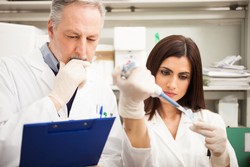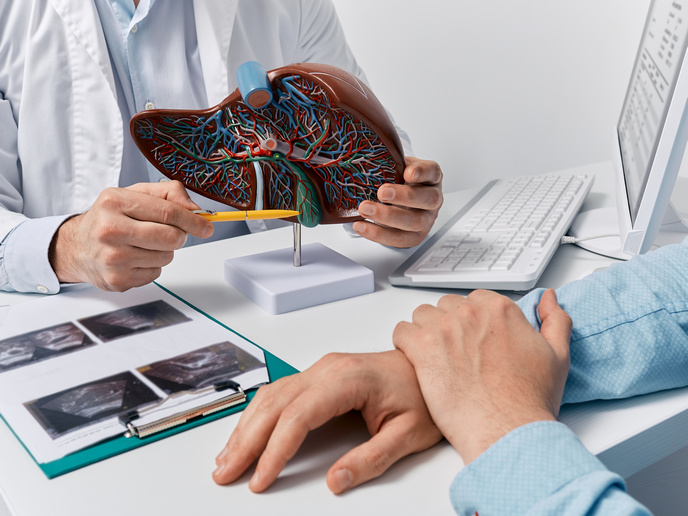Training for diabetes research
The World Health Organization estimates that diabetes will become the leading cause of death by 2020. The condition involves high blood glucose, although exactly how the excess leads to the various damaging complications of diabetes is not fully known. The EU-funded EULAMDIMA (Joint European and Latin American research network on diabetic microangiopathy) project fostered exchange and training in diabetes research. The training for early-stage researchers was embedded in a research programme. Research targeted how poor glucose control mediates functional and structural changes leading to the microvascular complications of diabetes. Specifically, the study addressed vascular and neuronal biology, novel model systems and therapies targeted to the linings of blood vessels. The consortium built upon the work of an earlier Seventh Framework Programme (FP7) project called DIAMAP. EULAMDIMA also provided access to fundamental genetic and environmental data. EULAMDIMA helped extend existing networks, including the UMCG-UHEI cooperation that exists within the International Research Training Group Vascular Medicine GRK880. Partly as a result of EULAMDIMA’s work, GRK880 continued from 2013 as DIAMICOM (Diabetic Microvascular Complications). EULAMDIMA also contributed to the renewal of DIAMICOM from 2017. The project was instrumental in developing several other existing networks involving Latin American partners, and contributed to the building of new associations. Such newly founded partnerships continue the research theme internationally. The consortium’s training programme consisted of courses, seminars and lectures covering both scientific and career development topics. The group also organised several international visits and conference attendances. As a result, early-stage researchers gained experience with various disciplines and research tools unavailable at their home institutions. The young researchers also had the opportunity to work with more experienced colleagues and to contribute to international research programmes. EULAMDIMA furthermore cultivated multidisciplinary research approaches. Participating early-stage researchers were enthusiastic about the project’s benefits. Such benefits included exposure to various national and laboratory cultures. EULAMDIMA’s fostering of training, exchange and collaborative partnerships benefited both the young researchers and the field of diabetes research. Such work may yield treatments for diabetic patients.







